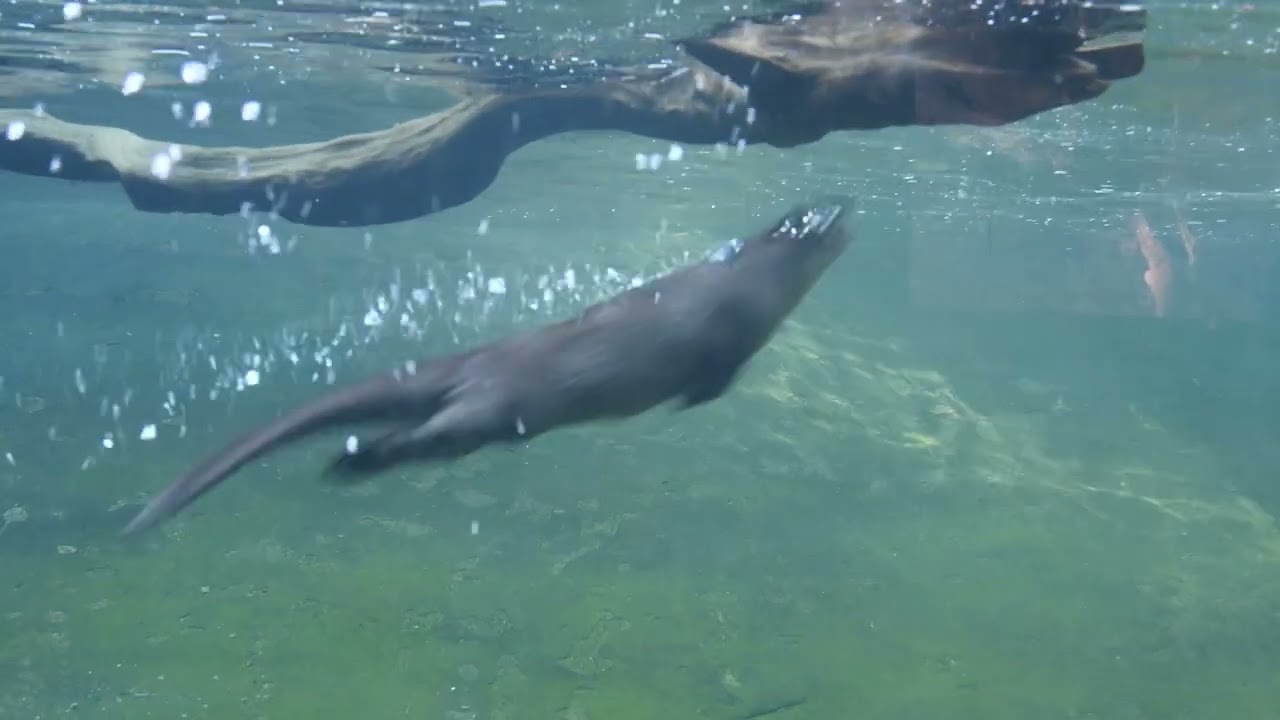– The role of Otters Reunited in advancing otter conservation and rehabilitation efforts
– Understanding otter behavior and social structures to develop successful reintroduction protocols
– Impact of Otters Reunited’s [video_desc] within the broader context of wildlife conservation education
– Challenges facing otter populations globally and the importance of sanctuary and zoo-based management
– Strategic partnerships between zoos, conservation organizations, and the public in fostering otter conservation
Otters Reunited is an initiative that resonates at the core of otter conservation and rehabilitation. It provides these intelligent and playful animals with the care they need before returning to their natural habitat. Otters Reunited’s efforts to protect and understand otter populations have become a beacon of hope in wildlife conservation, showcasing the power of human dedication and expertise.
Otters are known for their friendly nature. They live in groups that exemplify strong family bonds. Otter families, or rafts, exhibit intricate social behaviors communicated through vocalizations and body language. The successful reintroduction of otters into the wild necessitates a thorough understanding of these social dynamics. Otters Reunited leverages this knowledge to ensure rehabilitated otters can integrate into their natural social structures upon release. Behavioral compatibility, often evidenced in carefully documented cases like those in Otters Reunited’s [video_desc], is critical in ensuring these releases are fruitful.
One of the pivotal roles of the [video_desc] is to serve as an educational tool, bringing to light the challenges and triumphs involved in otter conservation. Viewing the interplay of these captivating creatures up close cultivates empathy and spreads awareness—an essential ingredient for garnering public support for conservation efforts. As otters frolic, bond, and navigate their environment, each video frame invites onlookers to witness the meticulous processes involved in otter care and rehabilitation.
Despite the joy and fascination otters elicit, they face many environmental threats, including habitat destruction, pollution, and overfishing—each contributing to the decline in otter populations worldwide. In this precarious situation, sanctuaries and zoo-based management provide refuge and rehabilitation for needy otters. This includes monitoring their health, providing nutritionally balanced diets, and creating enrichment activities that stimulate their instincts—ensuring otters retain their innate behaviors.
An integral component of otter conservation is the creation of strategic partnerships. Collaboration between zoos, conservation organizations, and concerned citizens can amplify the effects of conservation initiatives. By aligning their efforts, these groups facilitate knowledge sharing, pool resources, and engage the public. This collaborative approach has the power to advance the Otters Reunited mission, making inroads for otter conservation on a global scale.
In-depth zoological expertise, combined with a passion for environmental stewardship, underlines the success of Otters Reunited. The program embodies wildlife conservation at its most effective—a harmonious blend of ecological understanding, compassion for animal well-being, and public engagement. Through strategic actions and educational insight, reflected in videos like [video_desc], Otters Reunited strides forward in the fight to preserve these enchanting creatures for future generations to enjoy and learn from.
*****
Source Description
Reunited, and it feels so good! 💕 After a brief separation for a medical procedure, the river otter sisters, Blakely and Oakley, are back together, making waves in their habitat again. 🦦🦦

